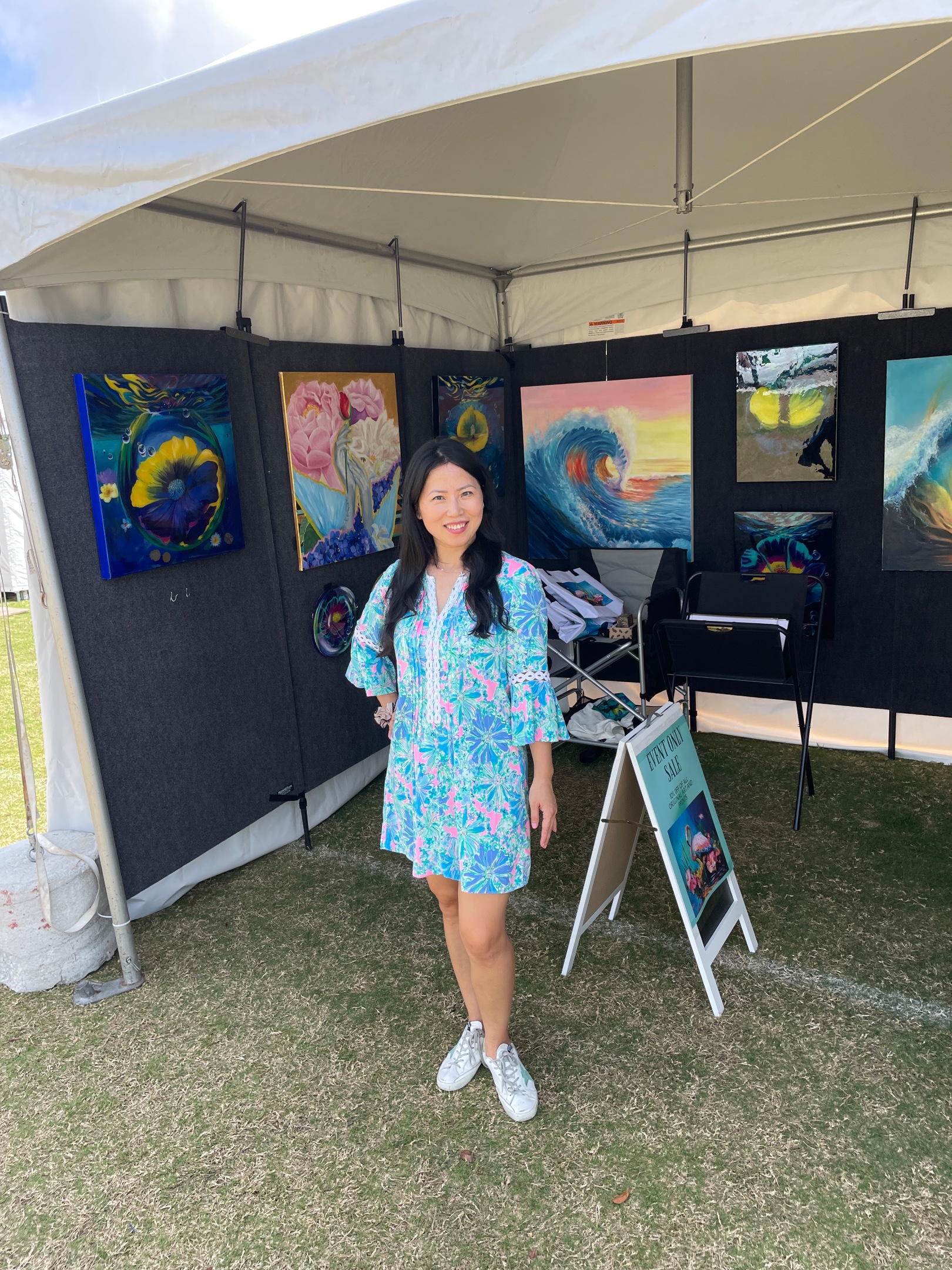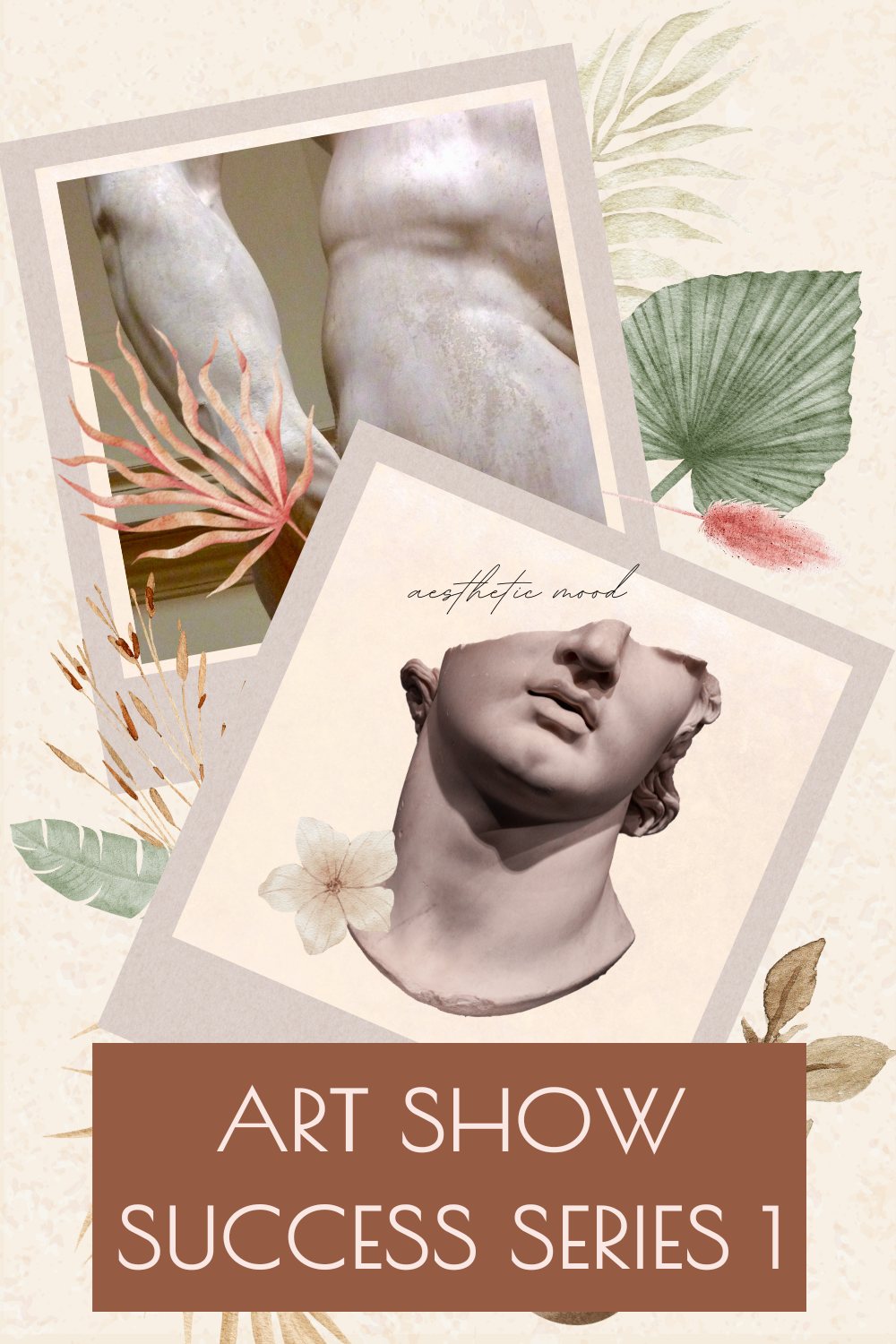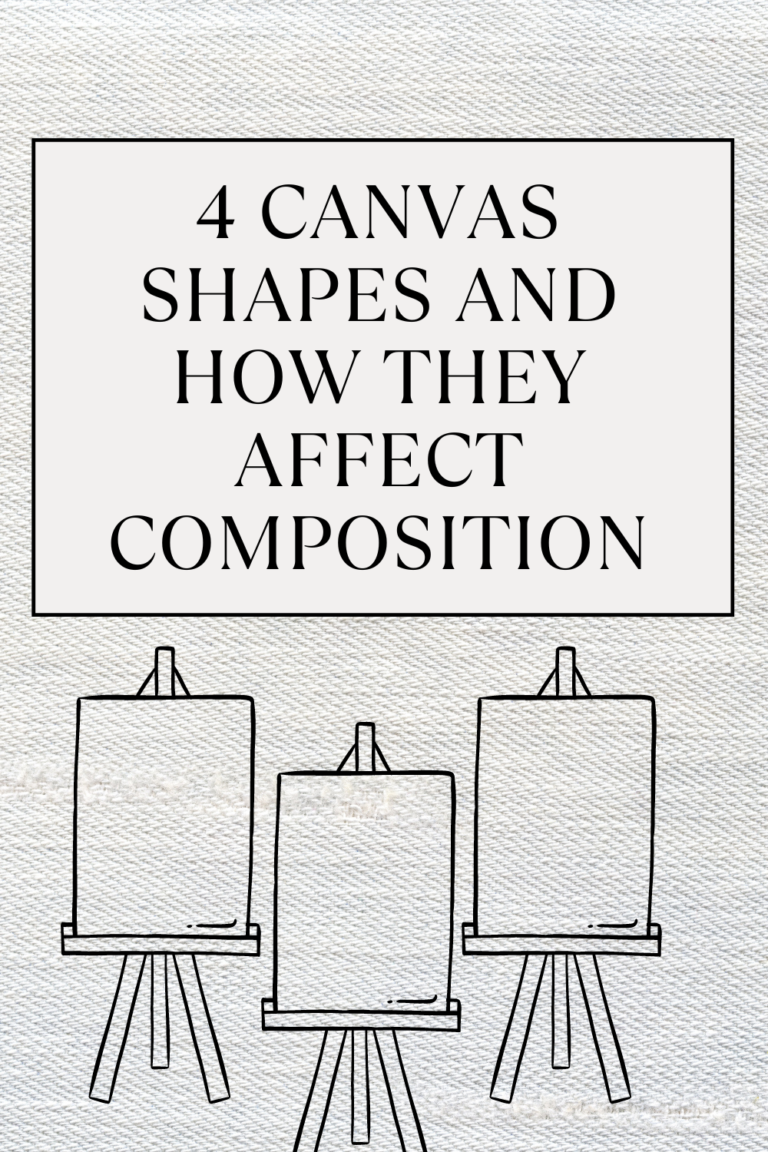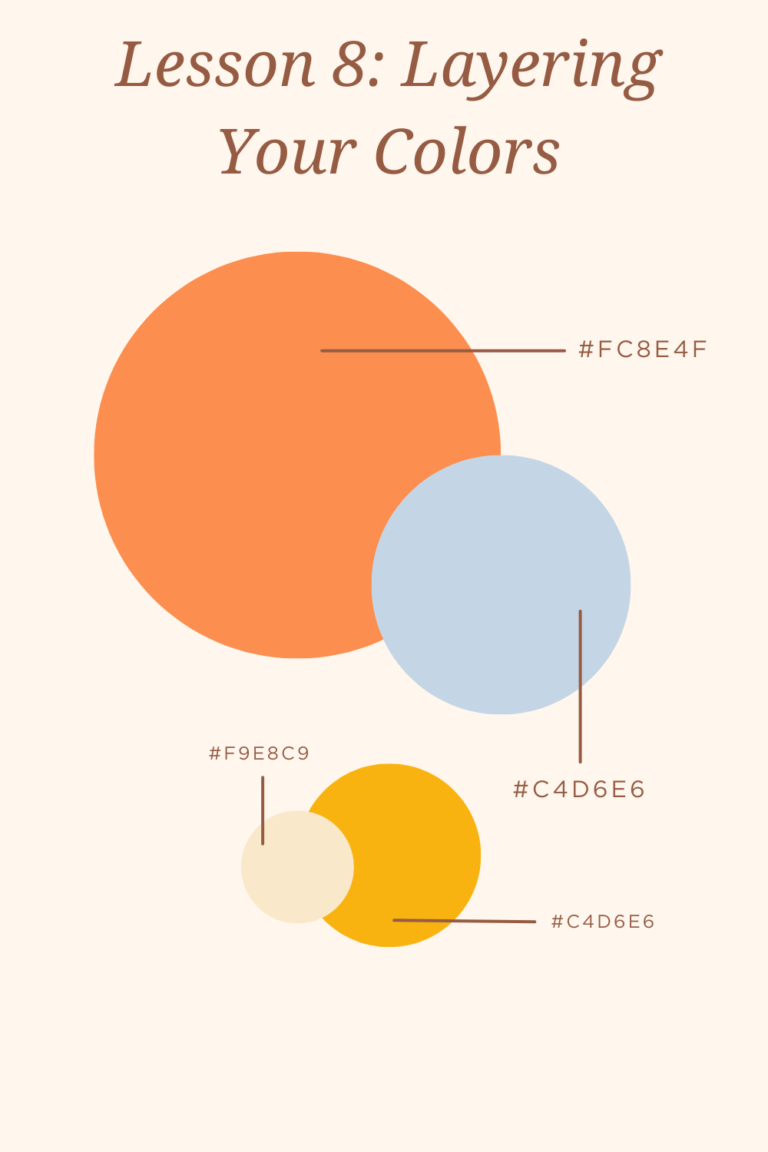I recently participated in my first outdoor art show and the experience was eye-opening!
Contrary to my initial belief that artists are competitive with each other, I found the reality to be quite the opposite. I was incredibly lucky to have two amazing artists as my booth neighbors—
Liz: https://fineartbylizdoody.com, and Lynda: https://www.lyndakodwyckartist.com/
These wonderful ladies shared invaluable tips and advice from their years of art fair experiences.

In this six-part series, I will share the insights I learned from these artists, as well as lessons from my own experiences. Even if you never plan to participate in an art show, I guarantee you’ll find valuable information about art marketing.
So, let’s dive in:
Imagine a beautiful sunny weekend. You hear about an art show in town and decide to visit since you have no other plans.
The event is bustling, filled with unique and fascinating artwork ranging from glass pieces and pottery to stunning paintings.
You might end up purchasing a $45 print or a $30 glass butterfly, leaving the show feeling content and that your weekend was well-spent.
However, what you see on the surface barely scratches the depth of what happens behind the scenes. Here are things you didn’t witness that day:
– At 4 a.m. that morning, artists arrived with their trucks or trailers to set up tents and display panels.
– Metal, glass, and pottery artists had to move countless boxes, unpacking each piece to arrange their artwork.
– Painters prepared their hanging supplies, ensuring each painting was perfectly displayed.
– Before the show began, artists constantly checked their phones for weather updates, aware that a 40% chance of rain could drastically affect attendance and their potential earnings. Despite the risk, organizers, having already invested in advertisements and various fees, do not offer refunds for bad weather.
Throughout the show, while most attendees were pleasant and engaging, artists inevitably encountered a few rude individuals.
If the turnout is good, artists might recover their investments—ranging from $200 to $500 in show fees, plus expenses for transportation, accommodation, and meals. A few may even profit. However, a poor turnout often means financial losses.
Regardless of the outcome, artists must pack up their unsold pieces—a significant amount, even for successful participants—and return home. Some have been on the road for months, eagerly anticipating their return.
In summary, art shows are not for the faint-hearted. You have to have a deep passion for your craft and a strong motivation to do art shows!
So, why do art shows continue to thrive?
– Personal Passion: Artists enjoy being the boss of running their own mini-galleries, engaging directly with patrons in a way not possible in traditional galleries.
– Learning and Growth: Observing successful artists and receiving feedback are critical for artist’s portfolio improvement and business strategy refinement.
– Financial Viability: Finding your niche and honing your presentation can lead to consistent income. For instance, my friend Liz attends over 20 art shows annually, averaging ten thousand dollars per event.
– Community: The friendships and advice shared among artists are invaluable, offering insights into the art show business that are both enriching and essential.
I hope this post offers a glimpse into the art show business. Please leave a comment if you enjoyed this read!
Warmly,
Ying
P.S. Many of you expressed interest in my color series. I’m compiling it into a PDF booklet. Let me know if you’d like to read it!




